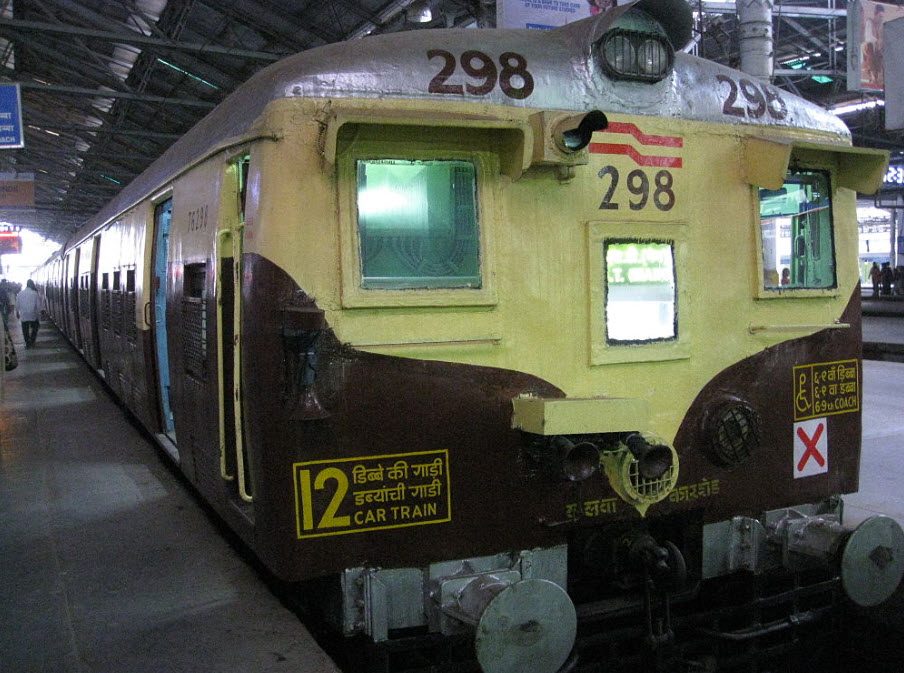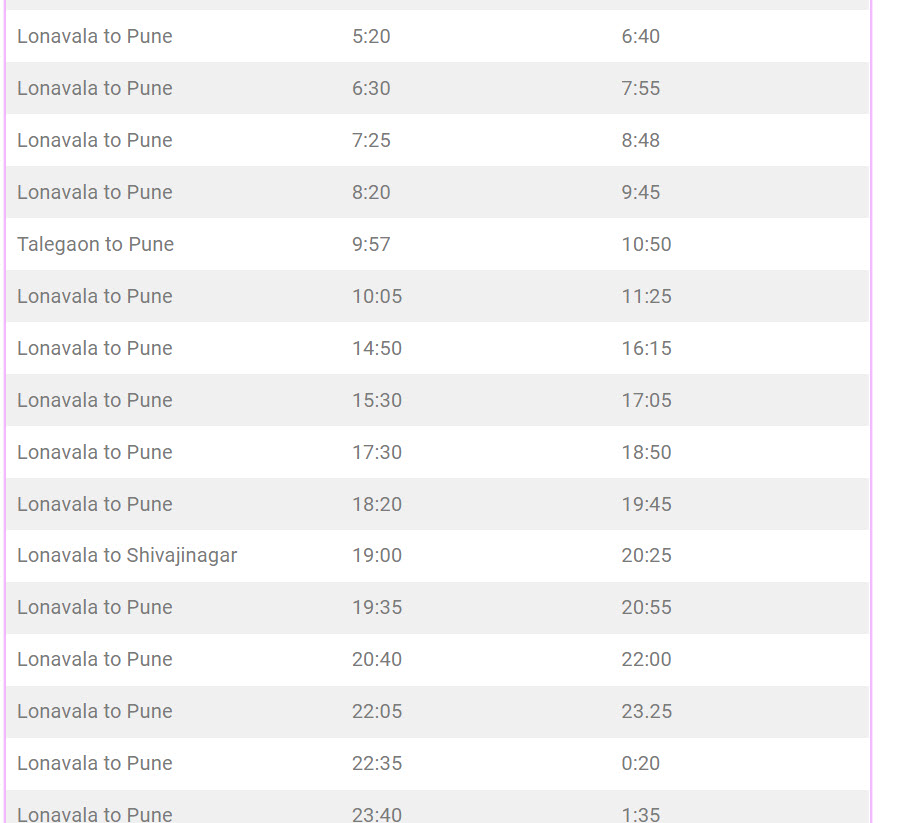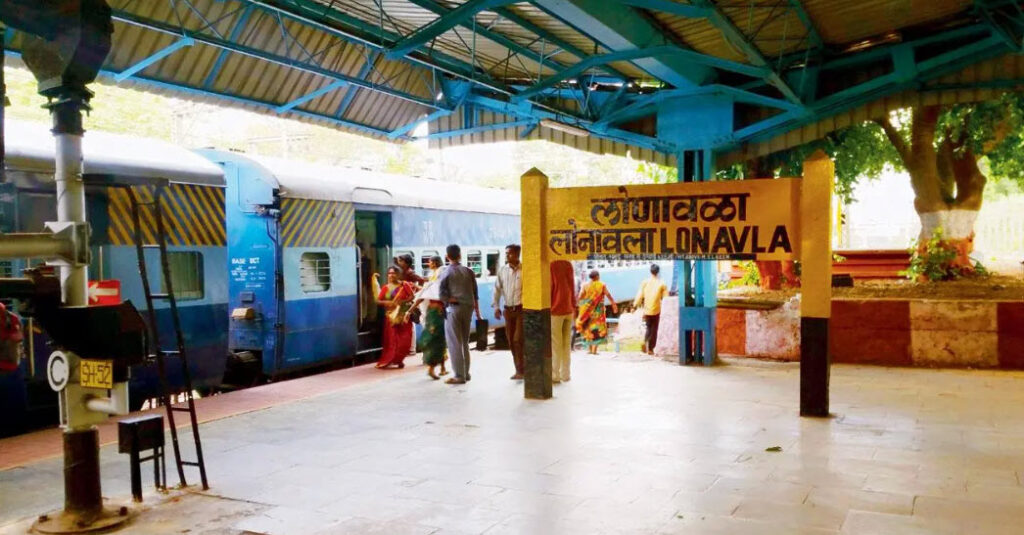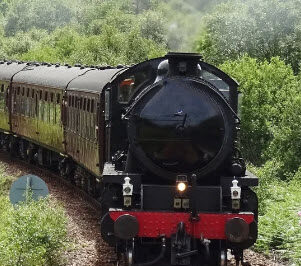

Pune to Lonavala Local Time Table |
Local Time Table: Always look for latest timing at Station
| Train | Pune/ Shivajinagar | Talegaon/Lonavala |
| Pune to Lonavala | 4:45 | 6:05 |
| Pune to Lonavala | 5:45 | 7:05 |
| Pune to Lonavala | 6:30 | 7:50 |
| Pune to Lonavala | 8:05 | 9:25 |
| Pune to Talegaon | 8:57 | 9:47 |
| Pune to Lonavala | 9.55 | 11:20 |
| Pune to Lonavala | 11:17 | 12:38 |
| Pune to Lonavala | 15:00 | 14:20 |
| Pune to Lonavala | 16:25 | 17:50 |
| Pune to Lonavala | 17:15 | 18:40 |
| Pune to Lonavala | 18:02 | 19:27 |
| Pune to Lonavala | 19:05 | 20:30 |
| Pune to Lonavala | 20:05 | 21:25 |
| Shivajinagar to Lonavala | 20:35 | 21:53 |
| Pune to Lonavala | 21:05 | 22:23 |
| Pune to Lonavala | 22:10 | 23:30 |

Lonavala to Pune Local Time Table
Local Time Table: Always look for Latest time at Station






Pune Junction
Pune Junction, often known as PUNE Junction, is the primary railway junction serving the Indian city of Pune. It is one of Maharashtra’s principal railway intersections. There are six platforms at Pune Junction. It has a suburban train network as well.
Raja Bahadur Mills Road to the north and HH Aga Khan Road to the south provide access to it. The Central Reserve Police Force and Pune Police are in charge of overseeing and controlling it.
The Great Indian Peninsula Railway built the route from Chhatrapati Shivaji Maharaj Terminus in Mumbai to Thane, where the country’s first passenger train operated on April 16, 1853. In 1854, the GIPR line was extended to Kalyan. From there, it continued southeast to Khopoli via the Palasdari railway station
In 1858, the Khandala–Pune track was made public by GIPR while building was underway across the Bhor Ghat. In 1858, the Pune railway station opened. When the Bhor Ghat slope linking Khandala and Palasdari was finished in 1862, Mumbai and Pune were connected.
The Mumbai–Chennai line’s Pune–Raichur section was opened in phases: in 1859, the section from Pune to Barshi Road opened, followed by the sections from Barshi Road to Mohol in 1860 and from Mohol to Solapur in 1860. In 1865, work on the line from Solapur southward commenced, and in 1871, it was extended to Raichur.
In 1890, the metre-gauge Vasco–Guntakal railway line and the extension that went from Londa to Pune via Miraj were built by the Southern Mahratta Railway (SMR). 1971 saw the conversion of the Pune–Londa major section from metre-gauge to 5 ft 6 in (1,676 mm) wide gauge.
There is a skywalk and three footbridges at this station. There is an elevator on the footbridge. There are plans to modernize the station to higher standards..


Lonavala Railway station
The Lonavala railway station is located in the Indian state of Maharashtra. Lonavala is a hill station. The Lonavala-Pune Suburban Trains start at Lonavala station. There are 17 suburban trains that run between Pune and Lonavala. Additionally, the Mumbai-Pune Express and Mail trains stop in Lonavala. Trains that run between Kalyan and Pune also stop at Lonavala. Access to Lonavala town and surrounding locations, including Karla Caves, Bhaja Caves, Lohagad, Visapur Fort, Bhushi Dam, and Bhor Ghat (Khandala Ghat), is provided by this station. The distance between Khandala Hill Station and Lonavala is only 8 km .
Facilities and Infrastructure
Indian Railways has entirely refurbished and redeveloped the station, adding numerous amenities that are convenient for passengers, like a 24-hour café and photo spots. The Lonavala Railway Station is part of Indian Railways’ Central Railways zone and serves the town of Lonavala, which is well-known for being a hill station in Maharashtra. Because Lonavala is a popular tourist destination, there is a greater need for railway connectivity to accommodate both travelers and passengers. This train station, which is a popular tourist site, has undergone renovations with modern, passenger-friendly amenities and an aesthetically pleasing station layout. The redevelopment project of Lonavala Railway station has the following noteworthy features:
1. The station has installed about 231 solar panels to harness environmentally friendly energy consumption.
2. At the station’s premises, two plastic bottle crusher machines have been installed.
3. There is now one installed solar water cooler.
4. For entertainment purposes, three lovely locations for selfies have been set up.
5. The station now had a single pay and park facility.
6. The station has one rainwater collecting system installed to support environmentally friendly use.
7. The station’s composting plant has been redesigned to facilitate the organic breakdown of trash.
8. The concourse area was remodeled with vibrant lighting and karla caverns depicted.
9. A brand-new 24-hour eatery has opened on Platform 2.
